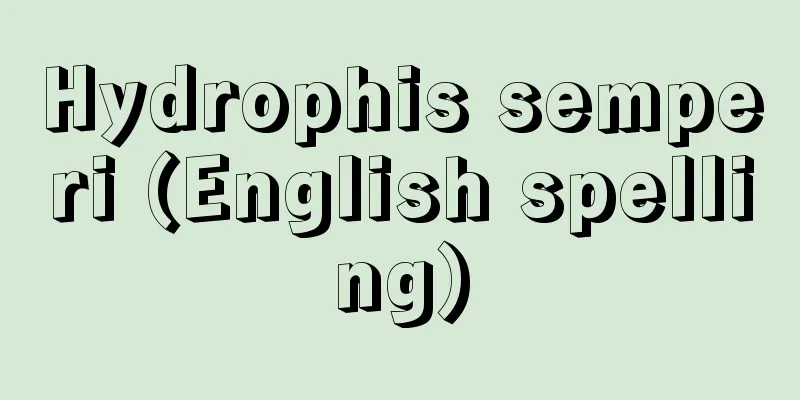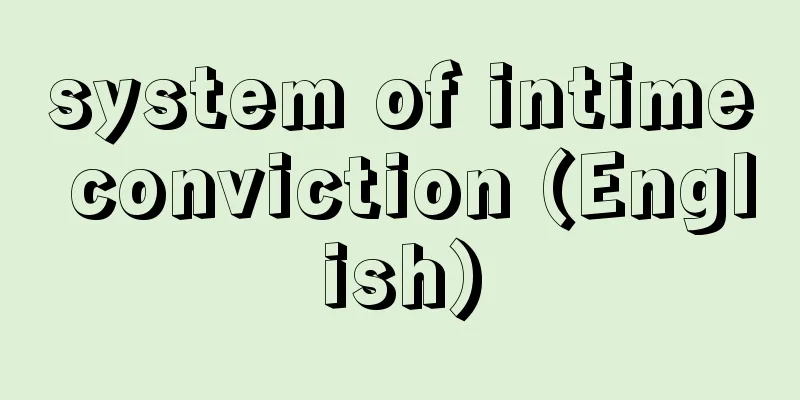Homeros

|
Years of birth and death unknown. An epic poet said to be the author of the two great ancient Greek epics, the Iliad and the Odyssey, who lived around the 8th century BC. Little is known about his birth or life. There are several so-called biographies, but they are all folk-like tales and do not provide clues to Homer as a historical figure. One of them, said to have been written by Herodotus, is of similar value as the others, but it is interesting in that it depicts the life of a wandering poet and gives a glimpse into the lives of ancient bards. Since the language of epic poetry is mainly Ionian dialect, it is thought that epic poetry first originated in Ionia in Asia Minor, and Homer is also an Ionian person. Many place names have been suggested since ancient times as his birthplace, but the most likely are the island of Chios or Smyrna (present-day Izmir). There are many theories about when the works were created, ranging from the 10th century BC to the 7th century BC, but today the accepted theory is that the Iliad was created around 750 BC, and the Odyssey was created a little later, at the end of the 8th century BC. There has also been debate since ancient times about whether the two works were written by the same author (Homer) as traditionally believed, or whether they were written by different authors, but today the prevailing view is that they were not written by the same author. However, the possibility remains that they were written by the same author. The origin of epic poetry probably dates back to Mycenaean times (1400-1200 BC), and Homer's two great epics are considered the end of a long tradition. Even though Homer was a real person, his works were not created by him in the usual sense, and most of the narrative material, language, and rhythm are based on traditional sources. The vocabulary is mainly Ionian, but also Aeolian and Arcadia-Cypriot dialects, forming a kind of artificial epic language. Traditional words (pillow language) and idioms make up the majority of the text, and the poet can be likened to a craftsman who makes a house or a tool using ready-made materials. The repertoire of epic poets must have been rich in myths and legends, not limited to the Trojan legends, but it must have been rich in myths and legends, and only "The Iliad" and "The Odyssey" survived, largely due to their brilliant structure, comparable to Greek tragedies. This imagination is the greatest proof of Homer's genius. Both works were first written down and established around the 6th century BC, and until then they were probably passed down orally. It is well known that Homer, revered as the great poet, was the spiritual source of nourishment for the Greek people, and had a strong influence through the Hellenistic period to Rome, and even to the Middle Ages and the early modern period. Later poets such as Virgil, Dante, and Milton can be said to be distant descendants of Homer. [Matsudaira Chiaki] "Homer's Heroic Epic" by Harushige Takatsu (Iwanami Shinsho) " "The World of Homer" by Kenzo Fujinawa (1965, Shiseido) [References] | |Source: Shogakukan Encyclopedia Nipponica About Encyclopedia Nipponica Information | Legend |
|
生没年不詳。古代ギリシアの二大叙事詩『イリアス』『オデュッセイア』の作者といわれる叙事詩人で、紀元前8世紀ごろの人か。彼の生まれや生涯などについてはほとんど知られていない。伝記といわれるものが数編伝わっているが、いずれも民話風物語で、歴史的人物としてのホメロスを知る手掛りにはならない。そのなかの一編は、ヘロドトスの作として伝えられるもので、資料的価値は他と大同小異だが、漂泊の詩人の生涯を描いていて、古代吟遊詩人の生活をうかがわせる点で興味深い。叙事詩の言語がイオニア方言を主体とする点から、叙事詩がまず小アジアのイオニアにおこったと考え、ホメロスもまたイオニアの人と解釈するのが妥当であろう。彼の生地として古来いくつもの地名があげられるが、キオス島あるいはスミルナ(現在のイズミル)がもっとも有力である。作品制作年代については、前10世紀から前7世紀までの広い幅で諸説が分かれ、今日では『イリアス』が前750年ごろ、『オデュッセイア』がやや遅れて前8世紀末とするのが定説に近い。また伝承のように両作品ともに同一作者(ホメロス)によるものか、作者はそれぞれ別であるかについても、古来から論議されているが、今日では同一作者ではないとする見解のほうが優勢である。ただし、同一作者である可能性も残っている。 叙事詩の起源はおそらくミケーネ時代(前1400~前1200)にさかのぼるもので、ホメロスの二大叙事詩は、その長い伝統の終着点と考えられる。ホメロスが実在の人物であったとしても、作品は普通の意味で彼の創作というわけではなく、物語の素材、言語、韻律のほとんどが伝承されたものに拠(よ)っている。用語はイオニア方言を主体とするが、それにアイオリス方言や、アルカディア・キプロス方言なども交えて、一種人工的につくられた叙事詩語を形成している。伝統的語句(枕(まくら)ことば)や成句がその大半を占め、詩人は、できあいの素材を用いて家や道具を制作する職人になぞらえることができる。叙事詩人のレパートリーは、トロイア(トロヤ)伝説に限らず、豊富な神話伝説の広い分野にわたったはずだが、『イリアス』『オデュッセイア』のみが残ったのは、ギリシア悲劇作品に比肩されるみごとな構成によるところが大きい。この構想力こそホメロスの天才を示す最大の証(あかし)といえよう。なお両作品が文字になって定着したのは前6世紀ごろで、それまではもっぱら口頭で語り伝えたものであろう。 詩聖と仰がれるホメロスがギリシア民族の精神的糧(かて)として、ヘレニズム時代を介してローマ、さらには中世、近世に強い影響を与えていることは周知のとおりで、後世の詩人ウェルギリウス、ダンテ、ミルトンらはホメロスのはるかな後裔(こうえい)といえる。 [松平千秋] 『高津春繁著『ホメーロスの英雄叙事詩』(岩波新書)』▽『藤縄謙三著『ホメロスの世界』(1965・至誠堂)』 [参照項目] | |出典 小学館 日本大百科全書(ニッポニカ)日本大百科全書(ニッポニカ)について 情報 | 凡例 |
>>: Pomeranian [species] (English spelling)
Recommend
vidicon
...Compared to camera tubes, it has advantages su...
identity
A concept that explains the relationship between t...
Absorption type silencer
…Even if a silencer is installed in the middle of...
Billings, Josh
Born April 21, 1818 in Lanesborough, Massachusetts...
Gobble
(often used with "to") A word used to de...
Kinugasa Toshizo - Kinugasa Toshizo
…His wife is the actress Chihaya Akiko (married i...
Yoshinaga [town] - Yoshinaga
A former town in Wake District, southeastern Okaya...
armored infantry fighting vehicle
… The basis of armored vehicles is the armored pe...
Oil paper - Aburagami
A processed paper made by applying drying oils su...
Yuigahama Beach
The coast facing Sagami Bay in Kamakura City, Kan...
Abyssinia Plateau - Abyssinia Plateau (English spelling)
The former name of the Ethiopian Plateau in the n...
Cucurbitacin
It is a bitter substance found in plants of the C...
Takayasu style
〘Noun〙① A school of supporting actors in Noh. Its ...
Ajase complex
A psychoanalytic concept of the unconscious mind p...
Tehuelche (English spelling)
A hunter-gathering people who lived in the Pampas ...









